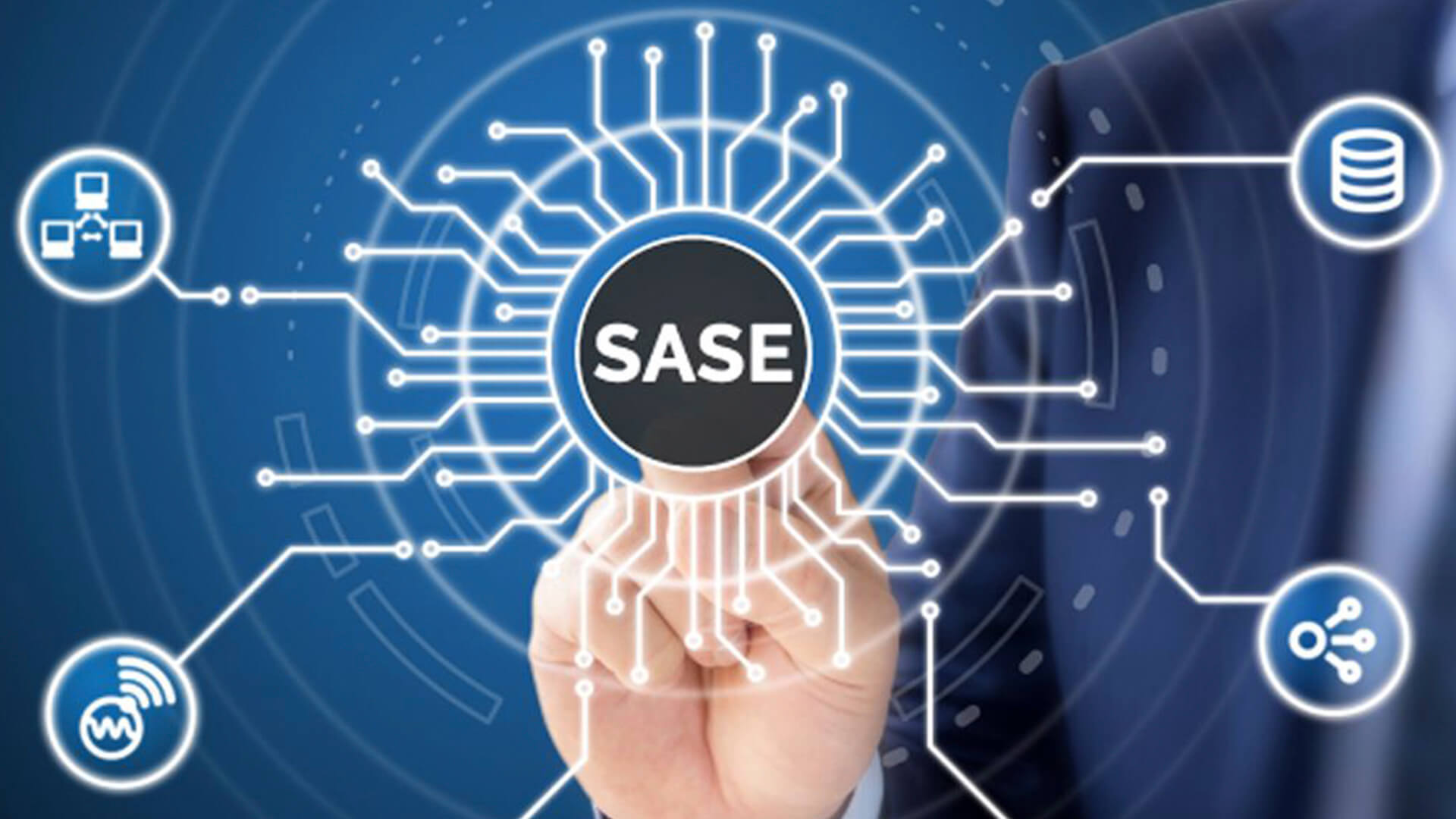Utilizing SASE for Improved Cybersecurity in Enterprise Applications

What is SASE in Cybersecurity?
Secure Access Service Edge (SASE) is the next step in cybersecurity. It is a rapidly emerging practice that seeks to unify disparate security practices into a cohesive cloud delivered model.
What do we mean by that?
Today, most enterprises have a variety of deployment models for their applications, data and end user devices. To address this topology, a variety of security practices have been followed starting from securing local networks in the physical building, addressing mobile devices, and securing multiple business applications in the cloud.
SASE seeks to simplify this model by delivering verification with a Security-as-a-Service model on the cloud. Moreover, the SASE framework does not assume a centralized service. Instead, it is assumed that the security should be verified at the edge – closer to where the users are. That gives rise to higher performance while raising the security levels.
Gartner predicts that by 2024 almost 40% of all enterprises will have a concrete plan to move to the SASE model.
So SASE is here to stay.
Key Components of SASE framework in Cybersecurirty
The following are some key components of the SASE framework. As you can see, they are already been done to varying extents. So, SASE is really just a more conscious evolution of cybersecurity practices:
Zero Trust
As we move to the cloud, it is apparent that traditional definitions of trust will also change, perhaps for the better. In the Zero Trust model, there is a continuous verification, aka authentication and authorization.
Contrast that with traditional approaches that used a “trust but verify” model. For example, if you are inside a physically secured building, you are assumed to have clearance. In the Zero Trust model, that vulnerability is addressed through verification barriers based in roles, usage, and other parameters. This continuous verification in the zero trust model is done through a variety of techniques including monitoring of logs and usage patterns. As a result, the impact radius of a breach is presumably going to be reduced as access will be restricted as close to a security event as possible.
A zero trust based model will also reduce human errors and latencies in case authorization and authentication parameters change for applications, individuals, and their devices.
Firewall as a Service (FWaaS):
As applications have moved to the cloud, traditional firewalls have evolved into being offered on the cloud. However, as complexity of the applications, use of third-party SaaS services, and user access patterns changed due to remote and mobile access, firewalls had to emerge too.
The firewall as a service model simply means that all traffic needs to be routed through a cloud-based firewall which can make the right decisions depending on the context of the use and the latest policies. Just as in the zero-trust model, this has significant advantages over the traditional fragmented means of protecting access.
Software Defined Wide Area network (SD WAN):
SD-WAN allows organizations to manage the network from a central location instead of relying on traditional wide area network (WAN) technologies like MPLS.
The deployment is simplified because SD-WAN allows administrators to set policies and manage the network from a central location. The use of software to manage and control the network also eliminates the need for proprietary hardware, reducing cost and complexity.
SD-WAN is an essential part of the SASE framework.
Central Control Tower
The central control tower is necessary for centralized management and a single point of control over network and security functions. It is responsible for enforcing security policies, providing visibility into network traffic (for monitoring), and automating network deployment (such as SD-WAN) and other security functions.
Using a control tower simplifies overall security operations and reduces the time taken for decision making by making sure that the necessary data is available centrally and in real time.
Next Steps
The move to SASE (Secure access service edge) is the next logical thing in streamlining and evolving your cybersecurity maturity. It is a crucial capability to protect your business from both bad actors and operational oversight.
Get in touch today for an audit of your applications and cybersecurity landscape. We’ll help you develop a practical roadmap towards SASE adoption and recommend the software platforms to adopt.